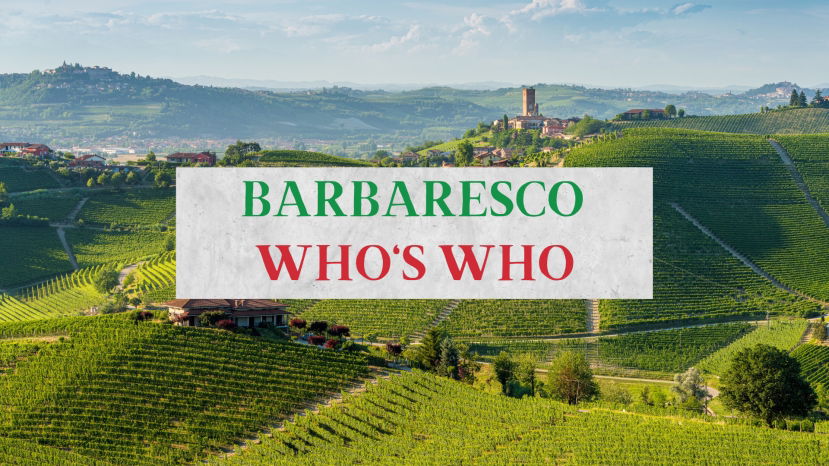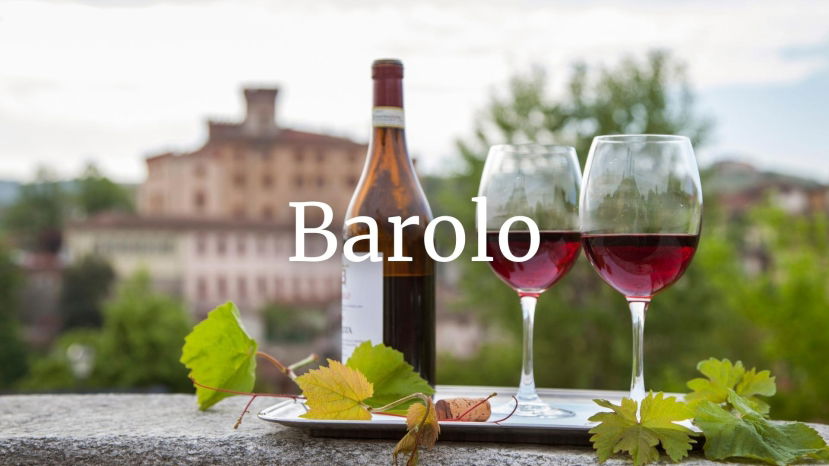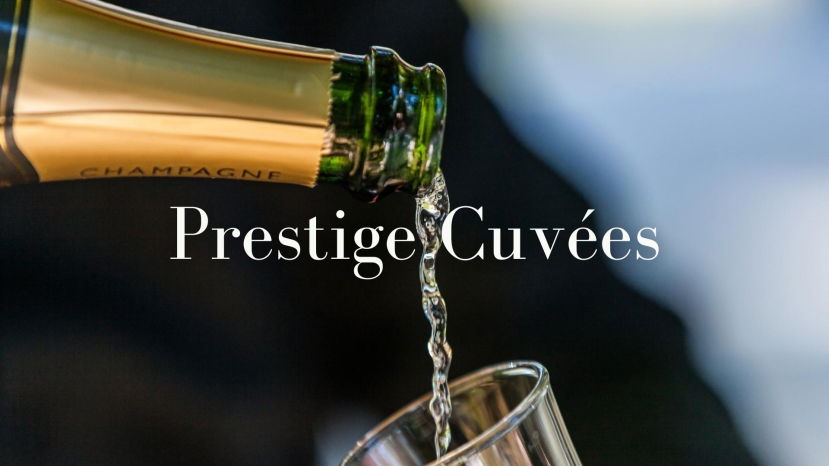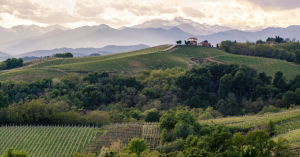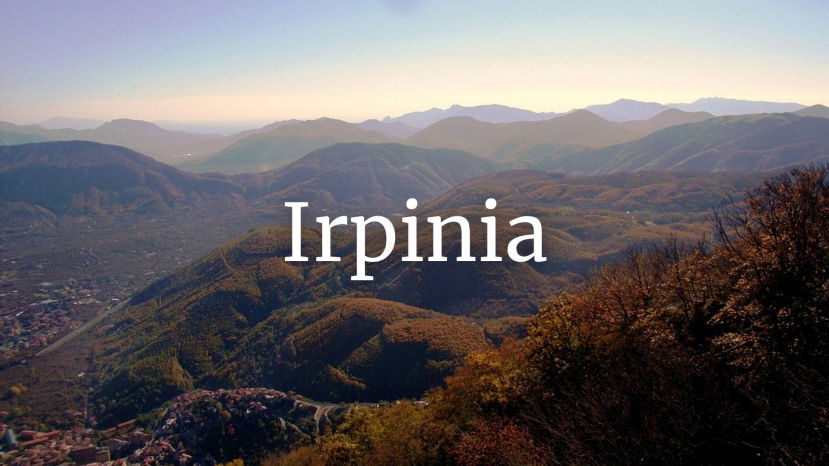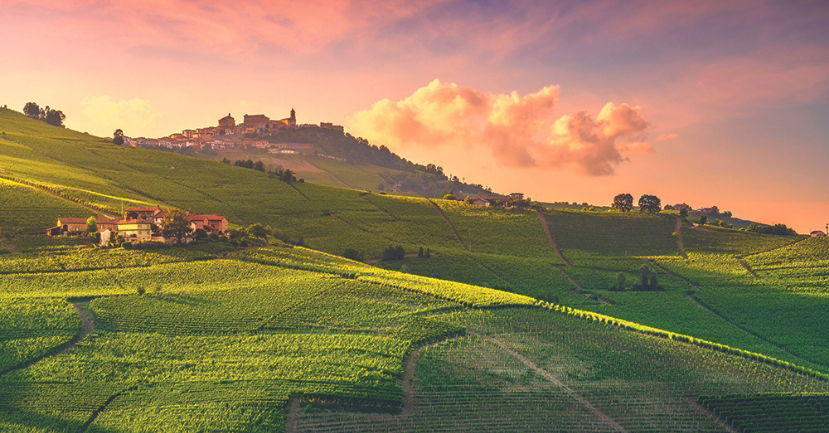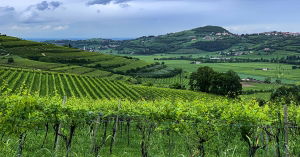BLOG
Tom Hyland
Summary:
Barbaresco is one of Italy's iconic reds, yet in Piemonte, while it tends to be treated with great respect, it rarely receives the attention it deserves, due to the fame of Barolo.
In this webinar, we will explore this wine in detail, looking at the three communes that comprise the production zone, to the winemaking styles of the finest producers, that vary from ultra
Summary:
The most celebrated examples of Barolo are among the finest examples of terroir anywhere in the wine world. Thanks to soil formations from millions of years ago, along with climatic conditions, Barolos from various communes can often vary greatly in style. Yet beyond the terroir of site-specific, there is also a human terroir at work, as enologists employ different techniques in their cellars.
Summary:
In Champagne, the term prestige cuvée refers to a special selection from a producer that represents a very high quality, in most instances, their finest cuvée.
Some are vintage dated, while some are not, but a signature of each producer that makes a prestige cuvée is the luxury aspect of marketing these products.
Packaged in eye-catching,
Wine professionals and consumers share a similar aspiration when they visit a wine region; they want to enjoy the area’s best dining experiences so they can pair their favorite local wines with the territory’s typical food offerings.
While commonplace throughout Italy, this situation is nowhere more prominent than in Piedmont, especially in the region’s southern Langhe district. Lunch or dinner in the Barolo and Barbaresco production zones here is more than a simple pleasure; this is wine, and food pairing elevated to an art form.
The best-known wines of Piemonte, such as Barolo, Barbaresco, Roero Arneis and Moscato d’Asti are produced from grapes grown in the southern sector of the region; this includes the province of Cuneo and Asti, in districts such as the Langhe and Roero. But farther north, Alto Piemonte is a territory that is home to some of the region’s most complex, yet least understood wines. Gattinara, Boca and Ghemme are a few of these selections, and these days, greater attention is being paid to these wines and this relatively unknown viticultural outpost.
Summary:
The province of Irpinia represents the heart of the Campanian wine industry. On the map, this is the province of Avellino, but vintners here refer to this territory by its ancient name of Irpinia. From this land, some of Italy's most complex and longest-lived whites wines, such as Fiano di Avellino and Greco di Tufo are produced, while Coda di Volpe and Falaghina are other local stylish whites. As for red wines of
Wine Scholar Guild is pleased to provide its readers with vintage and harvest reports for some of Italy’s most famous regions, from 2010 onward. We felt it was time that we expand our assessment of vintages and harvest reports outside of France and Italy was first on our list. To compile this in-depth report, we reached out to Italian wine specialist Tom Hyland. Tom seemed like the perfect fit for this project, as he has been reporting on and promoting Italian wines for more than twenty years as a journalist, educator, and photographer. He has made more than 75 trips to wine regions throughout all of Italy from his home in Chicago. In that time, he has written for numerous publications, including Decanter, wine-searcher.com and most recently Wine Spectator. He has written two books on Italian wine: Beyond Barolo and Brunello (2013) and The Wines and Foods of Piemonte (2016). Tom has conducted seminars on Italian wine for the trade and public; over the past year, he has led more than two dozen webinars with Italian producers; among these were several for Wine Scholar Guild. He also served as US ambassador for Consorzio I Vini del Piemonte for five years. He is also an accomplished photographer, having been named Wine Photographer of the Year (Category: Places) in 2020 at the prestigious Pink Lady competition in England. Andrea Eby, Italian Programs Director, asked Tom to provide a short blog article describing how he went about compiling this fantastic resource. We hope you enjoy the article and find the vintage charts as useful as we do. As always, we look forward to your questions and comments!
For much of the wine history of Abruzzo, large cooperatives established a perception that the region’s wines were pleasant and technically correct, but offered little in the way of excellence. Today, the image of Abruzzese wine has taken on a new light, as dozens of smaller producers are crafting more sophisticated offerings that not only display superior complexity, but also offer greater elegance and aging potential as compared with the typical wines of the past.
The wines of Valpolicella dance across the tongue with the same lift and loveliness as the name itself. Ideal with humble pastas as well as lighter red meats and game birds, it is well-suited to the table. As the more modest bottling of the Valpolicella region, it is largely (and unfairly) overlooked among Italian reds these days.
Valpolicella is the so-called “everyday” red wine of the eponymous production zone that is situated just north of the city of Verona, and extends west and east of the city. Other reds here include the iconic Amarone della Valpolicella as well as Ripasso, a wine made via a method of refermentation and remaceration, in which a Valpolicella is “repassed” over the skins of grapes used for Amarone.

